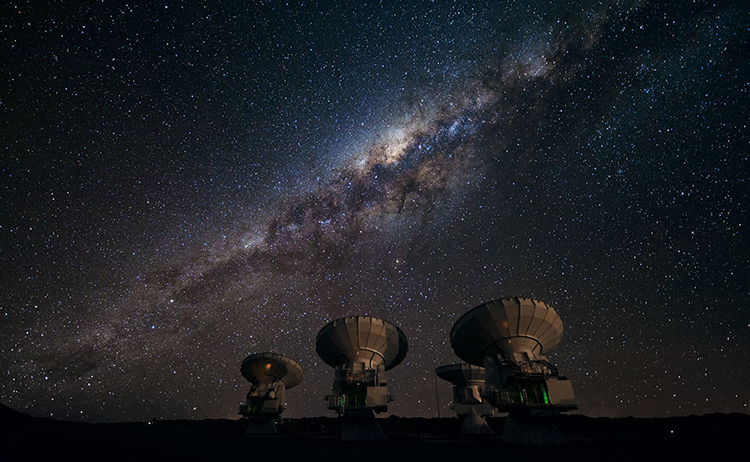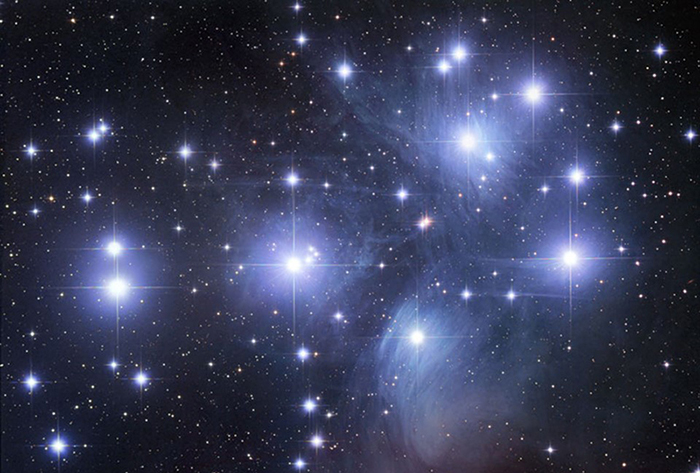
Life in the universe


When you plant a seed in a flower pot, the system (dirt and seed) starts out in a very disordered state.

When you come back later to find the plant has grown to fill the pot, obviously life created order from a disordered system. The dirt has gone, and roots are there instead. The second law of thermodynamics states that the amount of disorder in a system cannot decrease. When you see something that looks like entropy (disorder) has decreased, it typically means that you have not considered the whole system. Somehow, the entropy in the universe as a whole has increased.
Even so, here, it is easy to tell that the plant is alive. But it is not so easy to define just what that means. Obviously, to us, a plant is alive but a rock is not.
What exactly does it mean for something to be alive?
Definition of life: Living organisms
- React to environment and sometimes can heal themselves
- Grow - produce energy from food
- Reproduce - pass along traits
- Evolve from generation to generation - adapt
Let's start with a few basic thoughts about what being alive seems to entail. Living organisms react to the environment individually and in the longer time scale of adaptation to environment - evolution. They take in nourishment of some kind and produce energy that is used to keep them alive. Living organisms propagate: they form new living organisms that are similar to themselves.

Now let's try to find systems we would not consider to be alive that fit these criteria.
For example, as astronomers, we often say that stars are born (when fusion starts) and live (on the main sequence) and die (possibly by core-collapse supernova) we are not implying that they are living beings. Stars do react to the environment. They can adjust pressure to stay in hydrostatic equilibrium. When a sunlike star begins fusion of helium, it happens catastrophically, blowing away a third of the star, but the star recovers and continues fusing helium in its core. They grow from by taking in matter from the fragment of the giant molecular cloud from which they are formed.
Stars produce energy via fusion from the fuel in their cores. When stars die, the material from one generation goes into making the next generation of stars. This material contains more and more heavy elements from one generation to the next, so stars do evolve and change over time. It certainly does sound like they have fit the above criteria for life. But no one would say that stars are really alive.
The problem here is that life is hard to define. No human has ever created something that was alive from completely from materials that had never been alive in any form. There is something fundamental about the process that we do not yet understand.

Sometimes, frost on glass takes forms that look like feathery plants. Ice crystals create self-assembled complex structures that fit many of the criteria for life, but are not alive. What is it about ice that determines that it is not alive?
Assumption of mediocrity
- Life on earth depends on a few basic molecules
- Elements making these molecules are common to all stars
- If the same laws of science apply throughout the universe, life probably originated elsewhere as well
The assumption of mediocrity is a set of ideas, suggesting why we might expect that if there is life on Earth, there is probably life elsewhere as well.
Life exists on Earth. To date, we have not found life anywhere else in the universe. Either we are alone in the universe, or there is life elsewhere and we have just not discovered it yet. In considering the possibility of finding extraterrestrial life, we can make some assumptions. The assumption of mediocrity is based on these simple statements. As far as we know, life is based on a few simple molecules that are commonly found throughout the universe. If this is true, and the basic laws of physics that we find here on Earth are the same everywhere in the universe, then whatever mechanism generated life on this planet could generate life elsewhere, and probably did.
Are we alone? As we search for signs of life in the universe, we need to come to terms with some difficult questions. What is life? No human has ever created a living organism from purely inert material. We don't yet know what causes life to arise. Defining exactly what it means to be alive is a very hard question.
In the search for life, we recognize that there are a lot of possible places to look. There are some 200 billion stars in our own galaxy, and some 200 billion galaxies in the known universe. Is it possible that our one planet is the only place where life exists?